هانس [هوفّمنّ][نبسب](1880-1966)

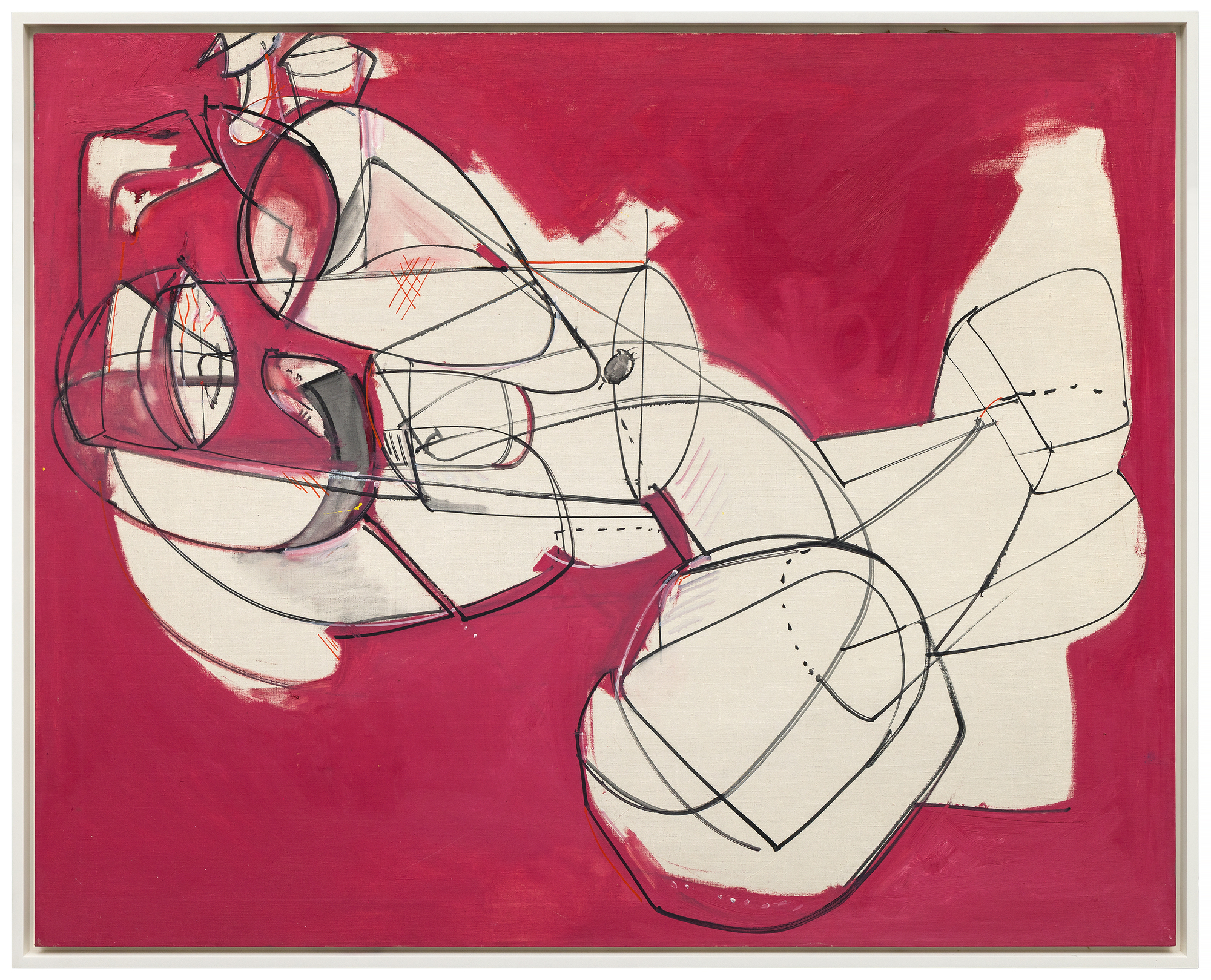
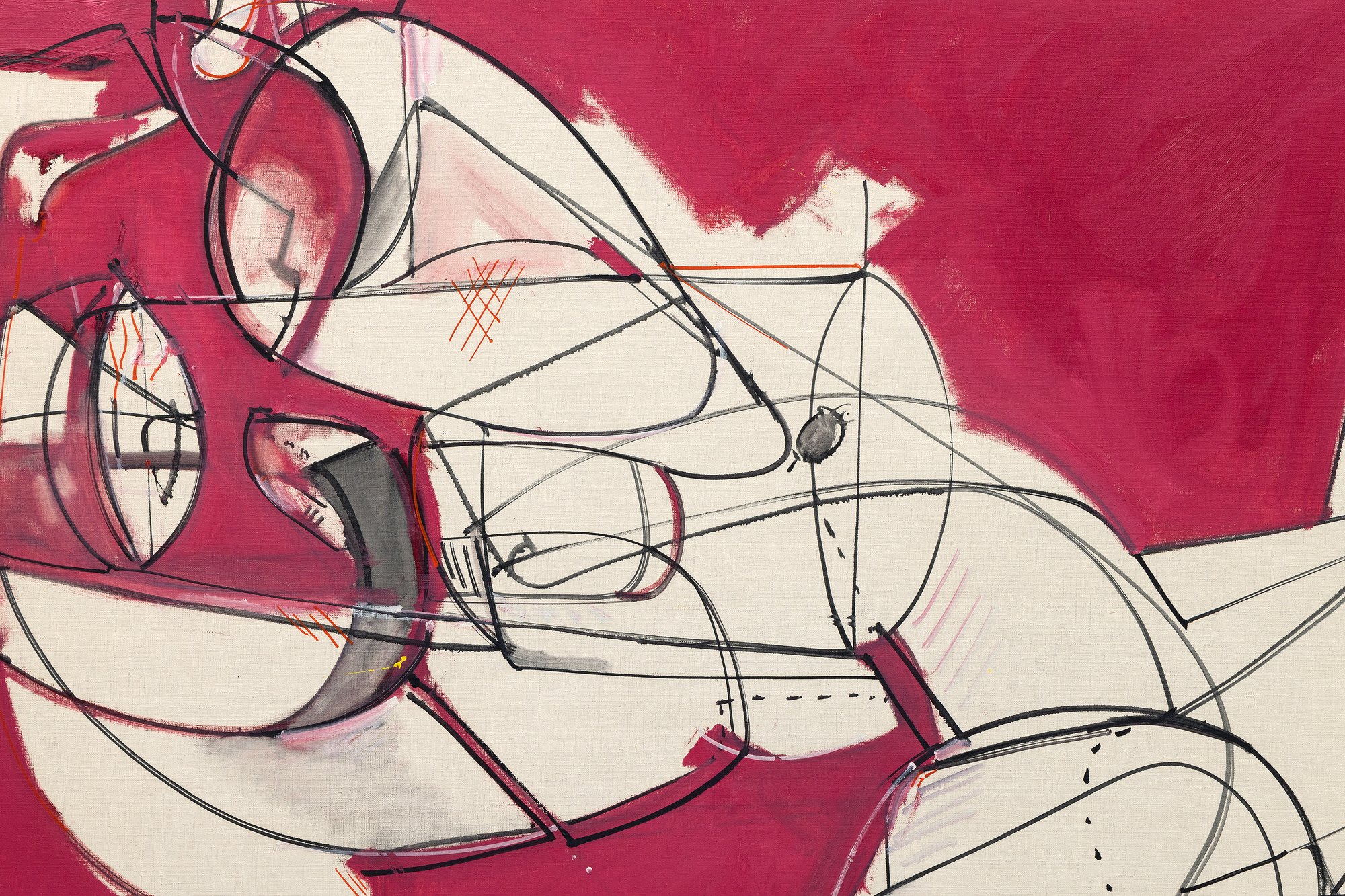
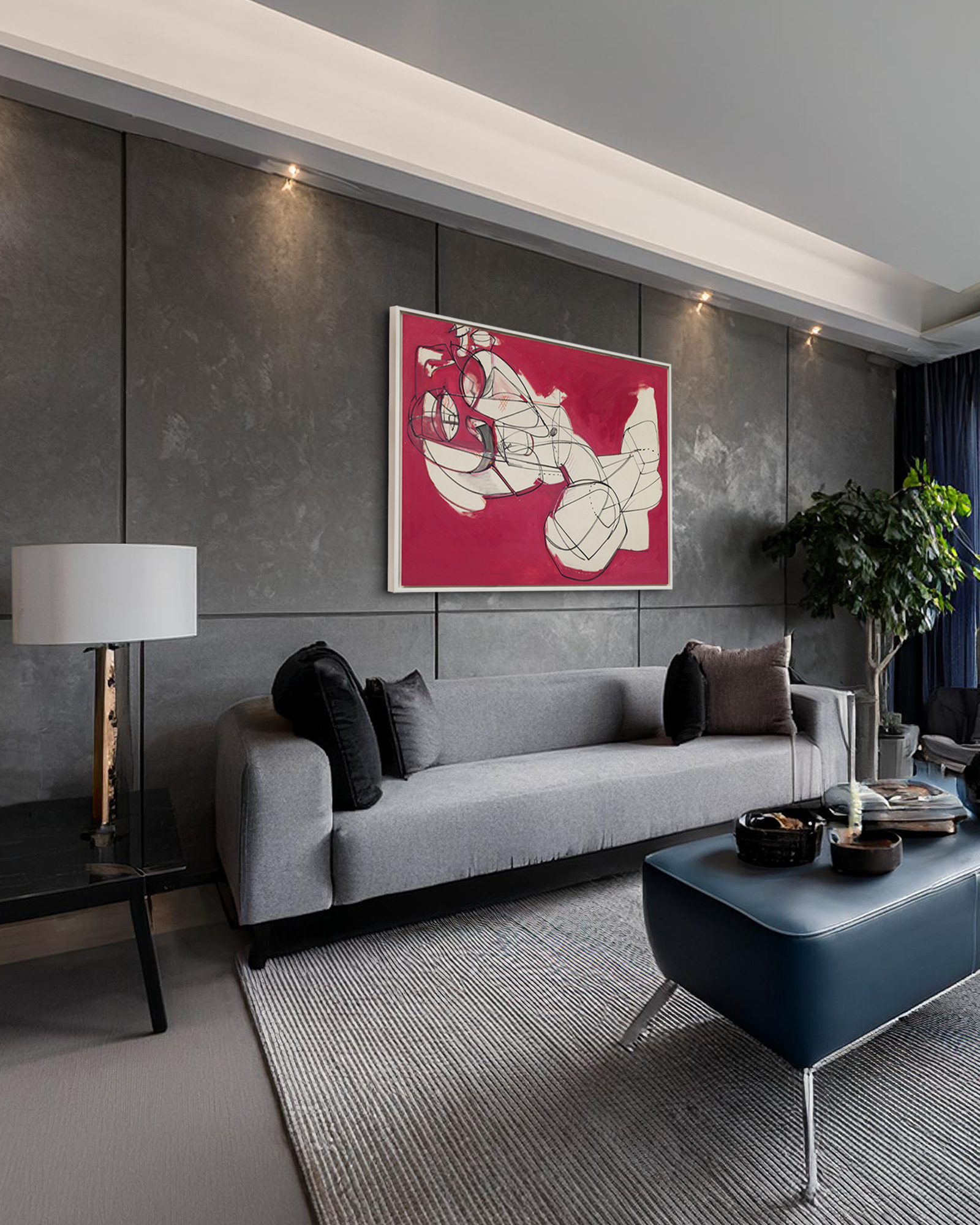
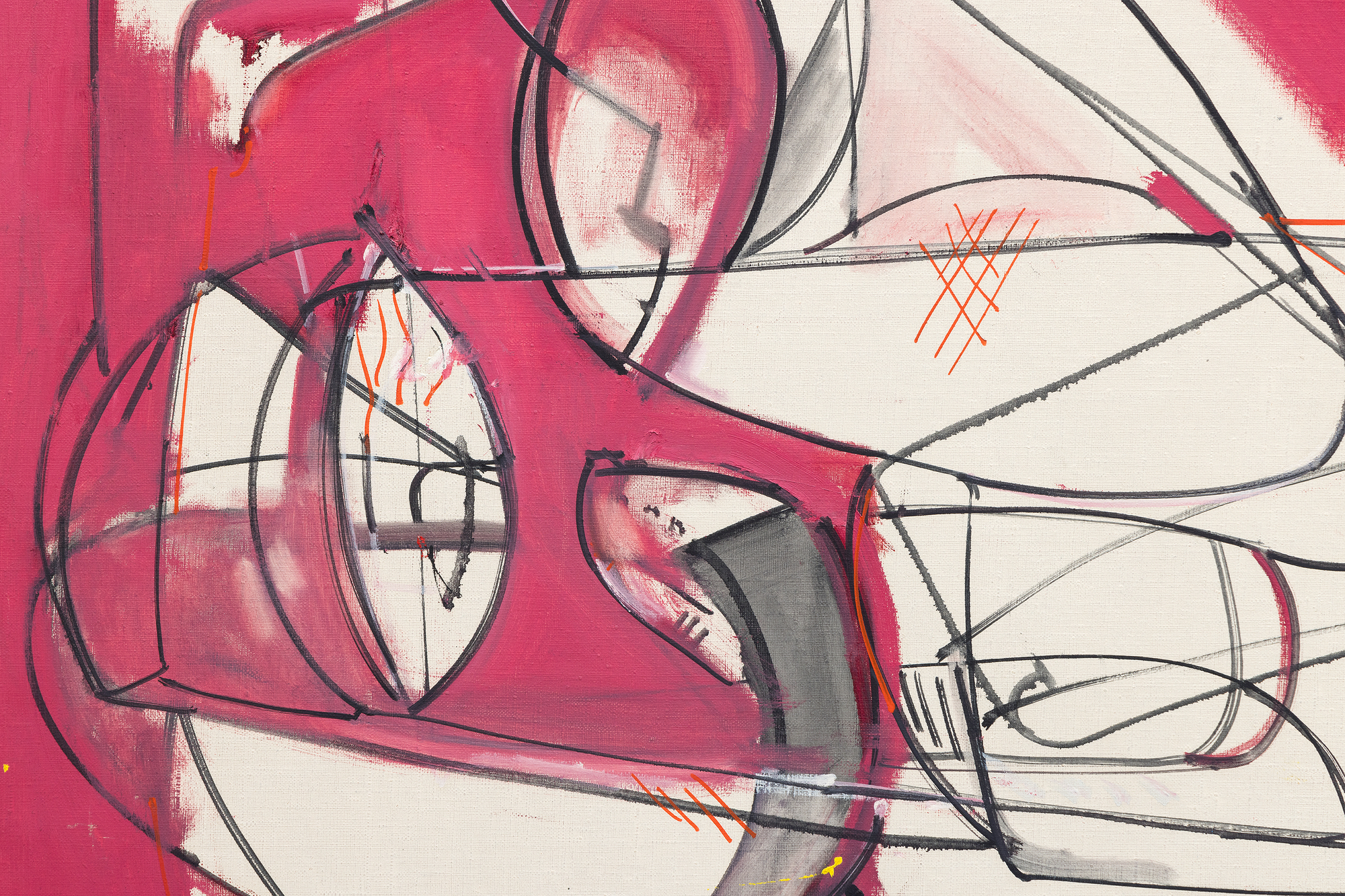
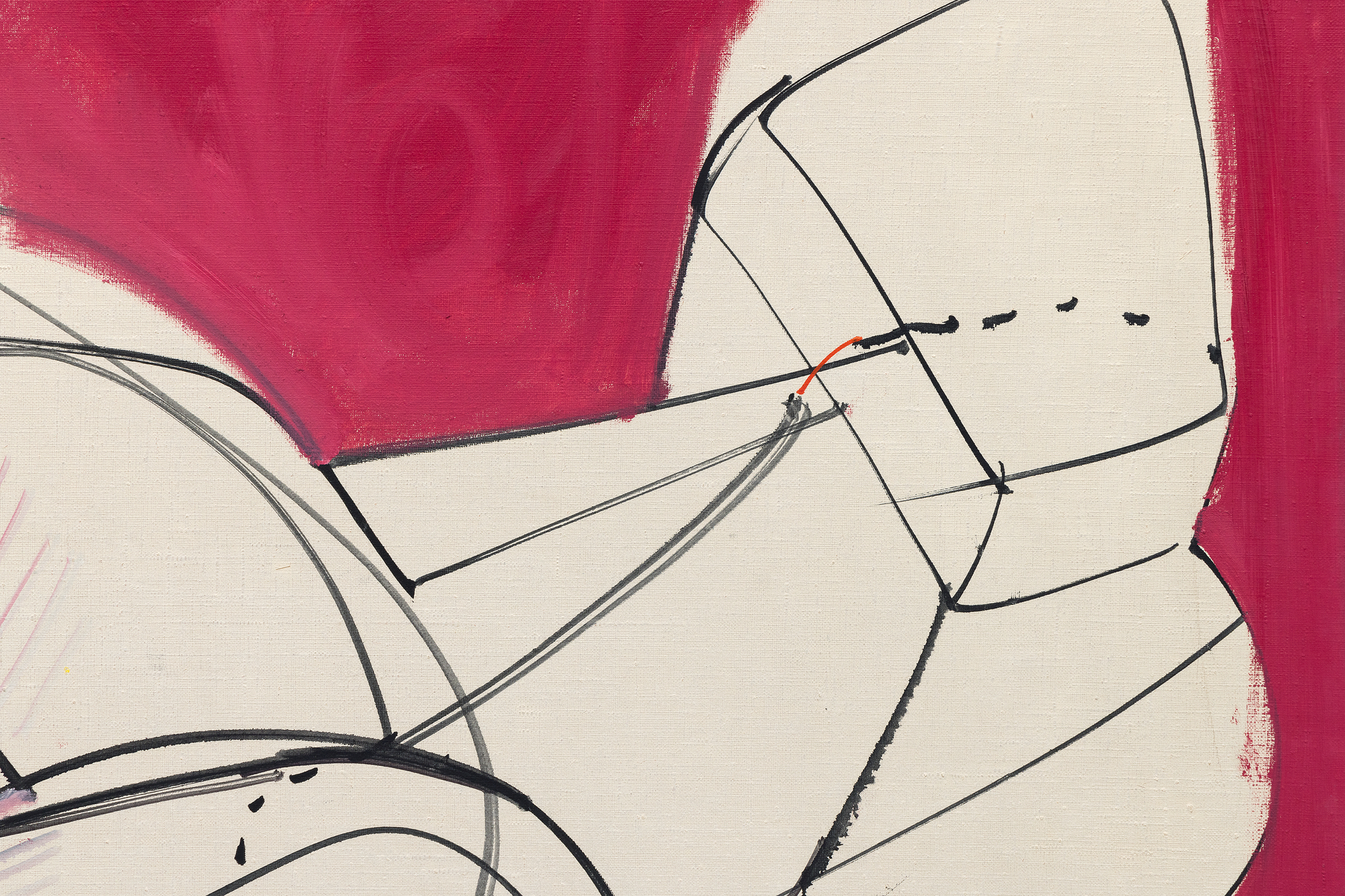
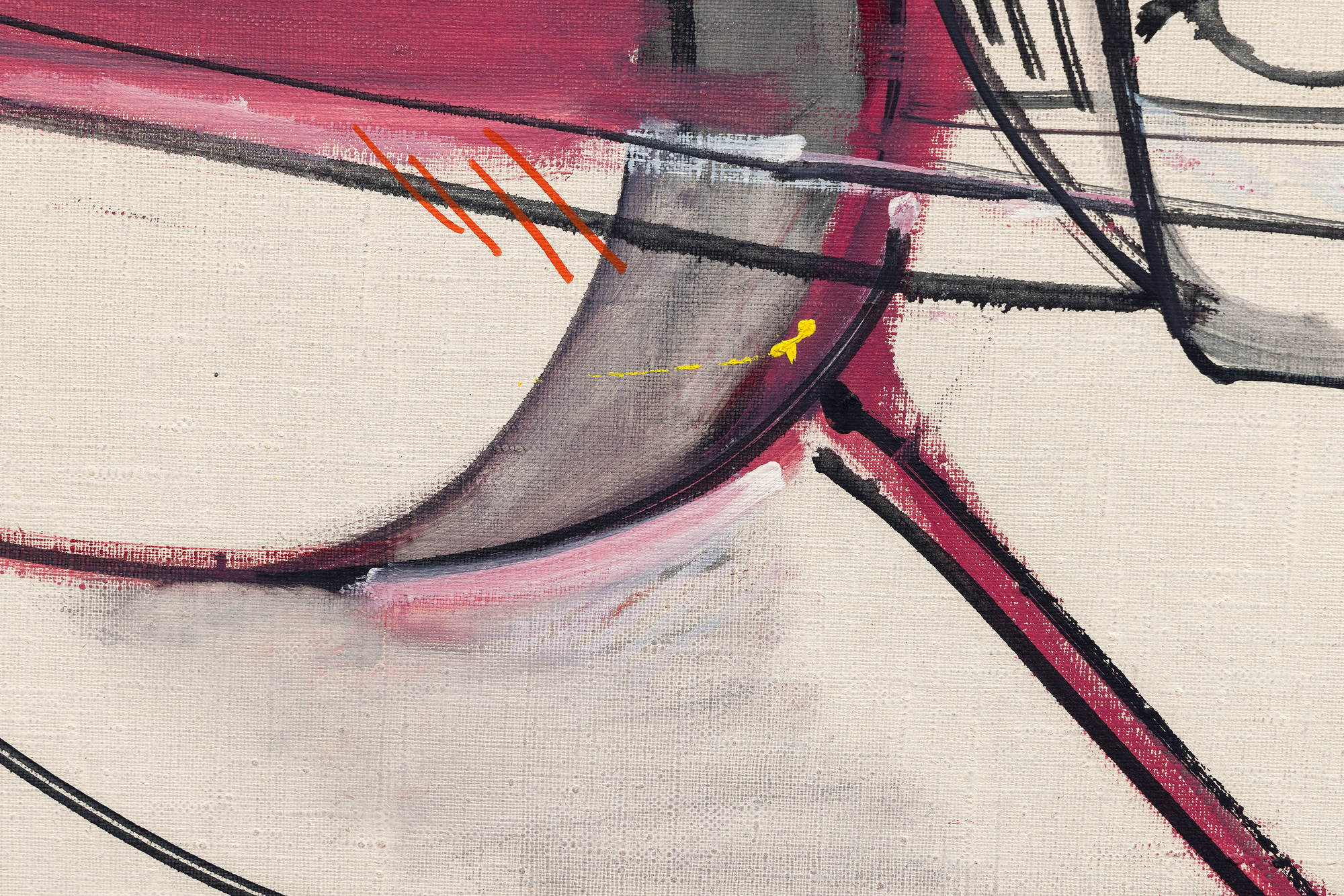



الاصل
معرض أندريه إيميريتش، نيويورك، نيويوركتركة هانز هوفمان
آمرينجر ويوهي للفنون الجميلة، نيويورك، نيويورك
مجموعة خاصة، نيو جيرسي
معرض
نيويورك، نيويورك، معرض بيتي بارسونز، معرض هانز هوفمان: الأعمال الحديثة، 24 مارس - 12 أبريل 1947، 24 مارس - 12 أبريل 1947نيويورك، نيويورك، الأكاديمية الأمريكية للفنون والآداب، هانز هوفمان، 1971
تورونتو، كندا، معرض ديفيد ميرفيش، معرض ديفيد ميرفيش، هانز هوفمان: الثلاثينيات حتى الستينيات، 15 أبريل - 23 مايو، 1972
نيويورك، نيويورك، معرض أندريه إميريتش، معرض أندريه إميريتش، هانز هوفمان، السنوات 1947-1952، أبريل... اكثر...إل 3 - 28، 1976
نيويورك، نيويورك، أميرينجر يوهي، هانز هوفمان: اللاوعي بلا خجل؛ تأملات في هوفمان والسريالية، 30 مارس - 29 أبريل 2006
الادب
سينثيا غودمان، هوفمان: أساتذة آبيفيل المعاصرون، نيويورك، 1986، ص 45، ص 56 (مصورة بالأسود والأبيض)جيد بيرل، هانز هوفمان، اللاوعي بلا خجل: تأملات في هوفمان والسريالية، نيويورك، 2006، ص 37 (مصور بالألوان)
سوزي فيليجر، هانز هوفمان: كتالوج ريزون للوحات، المجلد الثاني، ساري، 2014، HH cat. no. 1135-1947، ص 382 (مصور بالألوان)
... اقل... السعر675,000
خلال هذه الفترة، كان اعتماد هوفمان على الخطية بمثابة خروج عن الديناميكية الأكثر انسيابية وديناميكية في أعماله السابقة. من عام 1944 إلى عام 1951، تغلغل هذا الدافع الخطي في ممارسته، مما يشير إلى استكشاف مطول لأنماط التعبير التي كان يتصارع فيها مع التوفيق بين التجريد والبناء. وبينما نظر البعض إلى هذه المرحلة على أنها تراجع عن الاختراقات النشطة التي ميّزت صعود الفن الأمريكي إلى الصدارة العالمية، اعترف آخرون بتميز هذه اللوحات. تحدت الصورة النجمية رقم 1 إطار رؤية هوفمان الفريدة، ومزجت بين الانضباط التكعيبي والطاقة النابضة بالحياة الجامحة التي ظلت سمة مميزة لأعماله.
تثير مستويات العمل المسطحة من اللون القرمزي القرمزي الزاهي الأليزاريني، المتناقضة مع الزخم الزاوي للخطوط، كوناً من الطاقة المضطربة، ملمحة إلى الموضوعات السماوية التي يوحي بها عنوانها. تعكس هذه اللوحة استكشافات هوفمان المتعمدة خلال أواخر الأربعينيات من القرن العشرين، والتي تؤكد قدرته الفريدة على ابتكار أعمال تقاوم التصنيف السهل، وتقف منفصلة كاستكشافات شخصية عميقة للشكل واللون.


